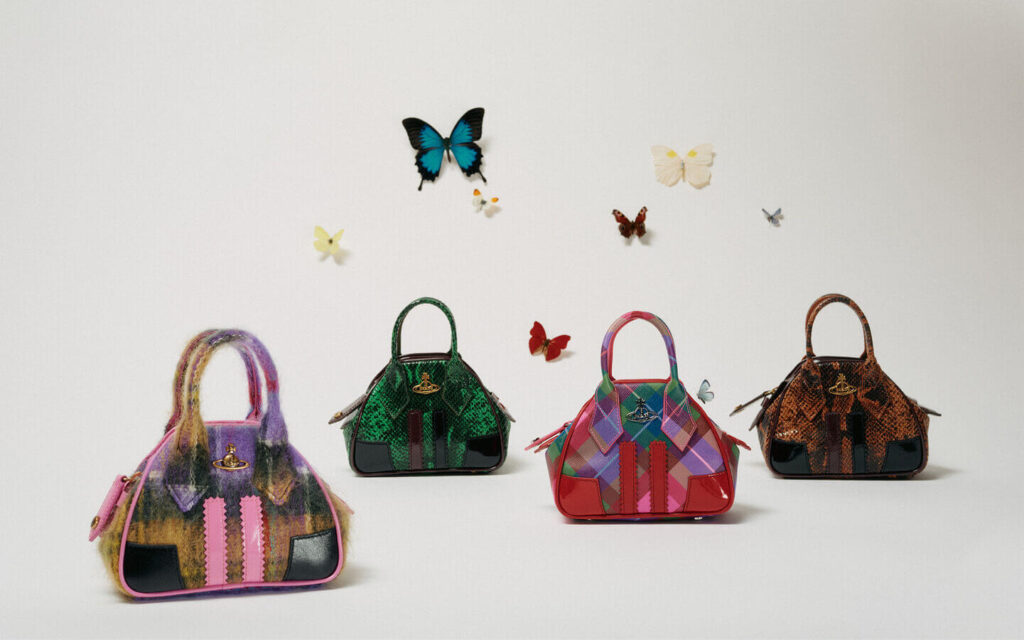This ad appeared in New York City’s Times Square, one of the most sought after advertising sites in the world, but remains one of the few examples of disability representation in beauty. Last year, Gucci and Benefit both chose models with down syndrome for beauty campaigns, and Ulta Beauty prominently placed ad posters of a woman in a wheelchair. But that seems about it and I’m not only underwhelmed, I’m flummoxed.
Fashion brands like Nike, Tommy Hilfiger, Target, and Zappos, as well as celebrities like Beyoncé with Ivy Park and Rihanna with Savage x Fenty, were ahead of the beauty industry in creating inclusive products for and marketing to the disability community. The fashion industry has not only acknowledged disabled bodies but also started to innovate and design for them. In contrast, very few major players in the beauty industry are making packaging accessible or innovating with us in mind. Smaller brands, like Grace Beauty and Guide Beauty, appear to be the only ones actively thinking about disabled consumers when they design their products. Instead, it’s up to those consumers to spend time figuring out which products from popular brands can also work for them.
While I commend the brands that are including us — for example, Dove has done at least one solo campaign featuring Molly Burke, a blind YouTube star — disability inclusion in beauty tends to be as part of ensembles or in drive-by, blink-sized snapshots that are easy to miss. I have a mixed feeling about an ensemble; while it is critical to celebrating or representing a spectrum of difference, it also seems to muddy the spotlight in celebrating individual power and beauty. And it often seems that on the occasions someone with a disability is featured in contemporary ads, they’re either blended in, like foundation into skin, or iconically disabled (for instance, a wheelchair user).
Featuring wheelchair users is so important. According to the World Health Organization, 65 million people globally need or use wheelchairs. So, when casting a person in a wheelchair: please ask people who actually use wheelchairs.
Last summer, I was contacted by a casting agent representing a high-profile fashion school seeking a wheelchair user for the school’s ad. Despite it being clear that I use adapted ski poles for support, I was repeatedly asked if I did or could use a wheelchair. They wanted me to dance in the chair and do a 360-degree turn or wheelie. When I responded that I am generally not a wheelchair user nor do I feel comfortable pretending to be, and that a 360 wheelie could be dangerous, the casting agent said she’d talk to the client. I never heard back from them again. The school seemed more interested with the chair as a visual or to cash in on a more stereotypical, narrow vision of what disability looks like.





More Stories
Elegance With an Edge: luxury bags by Vivienne Westwood
Why Dive Bomb Silhouettes Save You Time and Energy
Timeless Sophistication: Why an Exquisite Timepiece Still Resounds in a Digital Era